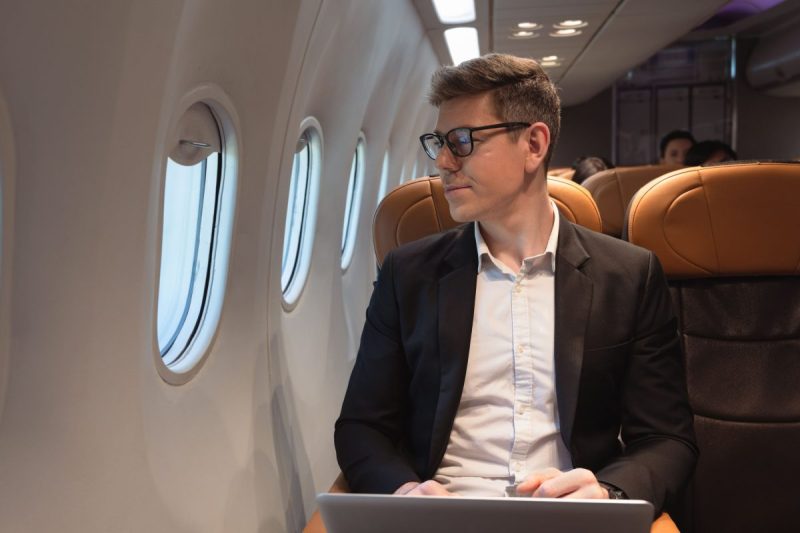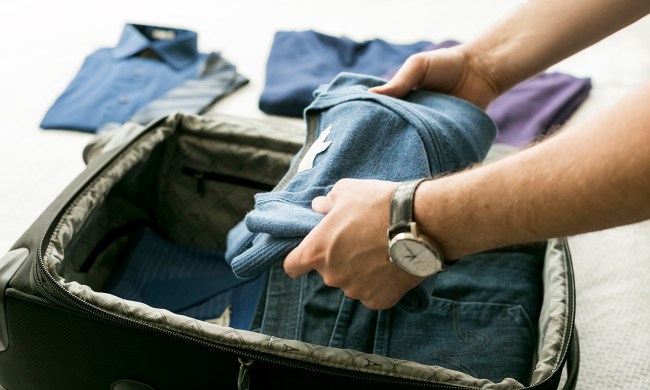Motion sickness can turn travel into a nightmare. If you’ve experienced nausea, dizziness, or fatigue while in motion, you’re not alone. Having dealt with it myself, I feel like I’ve tried everything. While remedies like ginger chews can offer some relief, they don’t exactly provide a lasting solution. After diving deep into this topic to find answers for myself, I’m here to help you answer the question of how to cure motion sickness permanently.
What causes motion sickness?

Before diving into solutions, it helps to understand why motion sickness happens in the first place. Motion sickness occurs when there’s a disconnect between what your eyes see, what your inner ear senses, and how your brain processes this information.
For example, when you’re reading in a moving car, your inner ear detects motion, but your eyes are focused on a stationary object (the book). This sensory mismatch triggers nausea, dizziness, and other unpleasant symptoms.
People who are particularly sensitive to these mixed signals are more likely to experience motion sickness. You may want to thank your parents for that, as some people may have a genetic predisposition to it.
Can motion sickness be cured?

While motion sickness doesn’t always go away on its own, the symptoms can often be managed or eliminated with repeated exposure, training, and targeted therapies. The goal is to help your body adapt to motion so that it no longer triggers discomfort.
Here’s what I’ve found to be the most effective methods for permanently reducing motion sickness symptoms:
1. Vestibular rehabilitation therapy (VRT)
Vestibular rehabilitation therapy is a type of physical therapy designed to retrain your vestibular system, which controls balance and spatial awareness. VRT involves exercises that help your body adapt to motion stimuli, making you less sensitive over time.
For example, therapists may use:
- Gaze stabilization exercises. These help you focus your eyes on objects while in motion.
- Balance exercises. These train your brain to interpret signals from your inner ear more efficiently.
- Head movement training. Controlled head movements can improve your tolerance to motion.
Studies have shown that consistent VRT can reduce motion sickness symptoms, especially for people who experience it frequently.
2. Desensitization through repeated exposure
Another approach to reducing motion sickness permanently is gradual desensitization. Just as athletes train their bodies to adapt to physical stress, you can train your brain to tolerate motion better.
The key is to expose yourself to motion in small, manageable doses:
- If you get sick in cars, start with short rides, and increase the duration over time.
- For seasickness, spend time on calm water before tackling longer or rougher boat trips.
- If VR or simulators trigger motion sickness, practice using them in short bursts until your body adjusts.
Consistency is essential. Over time, your brain learns to interpret conflicting sensory signals more efficiently, reducing your likelihood of feeling sick.
3. Medications for training purposes
Although medications like dimenhydrinate (Dramamine) or meclizine can provide temporary relief, they can also be used strategically to help you adapt to motion without feeling sick.
For example, taking medication before repeated exposure therapy can allow you to gradually increase your tolerance to motion. Over time, you may find that you no longer need the medication as your body adapts. Always consult with your doctor before using medication as part of a long-term strategy.
4. Biofeedback and mindfulness training
Biofeedback involves learning to control your body’s physical responses, such as heart rate, breathing, and muscle tension. You can practice mindfulness techniques, deep breathing, guided visualization to help manage the physical symptoms of motion sickness more effectively.
Studies suggest that reducing anxiety and maintaining a sense of calm can lower your susceptibility to motion sickness. Not only that, but these techniques can also help you recover more quickly if symptoms do occur.
5. Optimize your diet and lifestyle
Certain lifestyle adjustments can make a big difference in your ability to tolerate motion. Here are some lifestyle changes that can help:
- Stay hydrated. Dehydration can worsen nausea and dizziness.
- Avoid heavy meals before traveling. Stick to light, easily digestible foods.
- Cut back on alcohol and caffeine. Both can affect your inner ear and balance.
- Incorporate regular exercise. Physical activity strengthens your body’s equilibrium and overall balance.
6. Acupuncture and alternative therapies
Acupuncture and acupressure have been used to treat nausea and motion sickness for centuries. Targeting specific pressure points, such as the P6 (Neiguan) point on the wrist, can relieve symptoms and potentially improve your tolerance to motion over time.
7. Train your brain with virtual reality (VR)
Virtual reality is emerging as an innovative way to treat motion sickness. It can help by exposing individuals to simulated motion in a controlled environment, In doing so, VR can help retrain the brain to handle sensory conflicts more effectively.
In fact, some therapists are now using VR as part of a desensitization program, where patients gradually build up their tolerance to motion over time.
Bottom line: How to cure motion sickness permanently

Getting rid of motion sickness for good takes some effort, but it’s absolutely possible. With approaches like vestibular therapy, gradual exposure, and even lifestyle tweaks, you can train your body to handle motion without discomfort. The key is to stick with it. It won’t happen overnight, but with time and consistency, you can enjoy your travels without dreading the nausea or dizziness. Start small, be patient, and you’ll get there.




